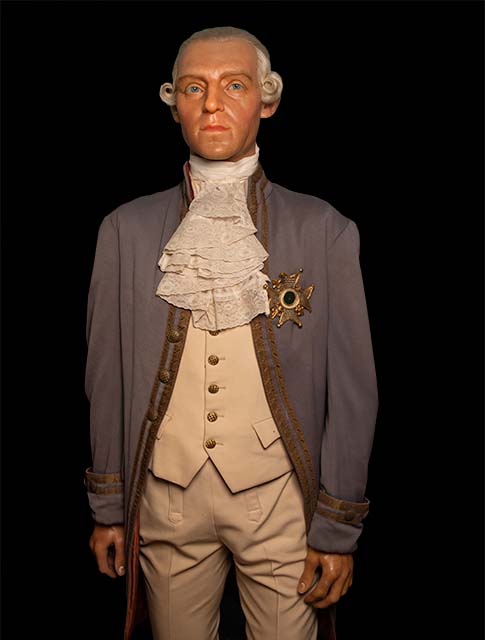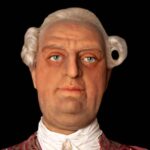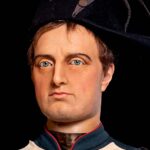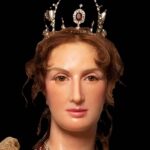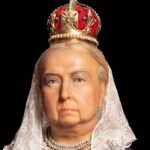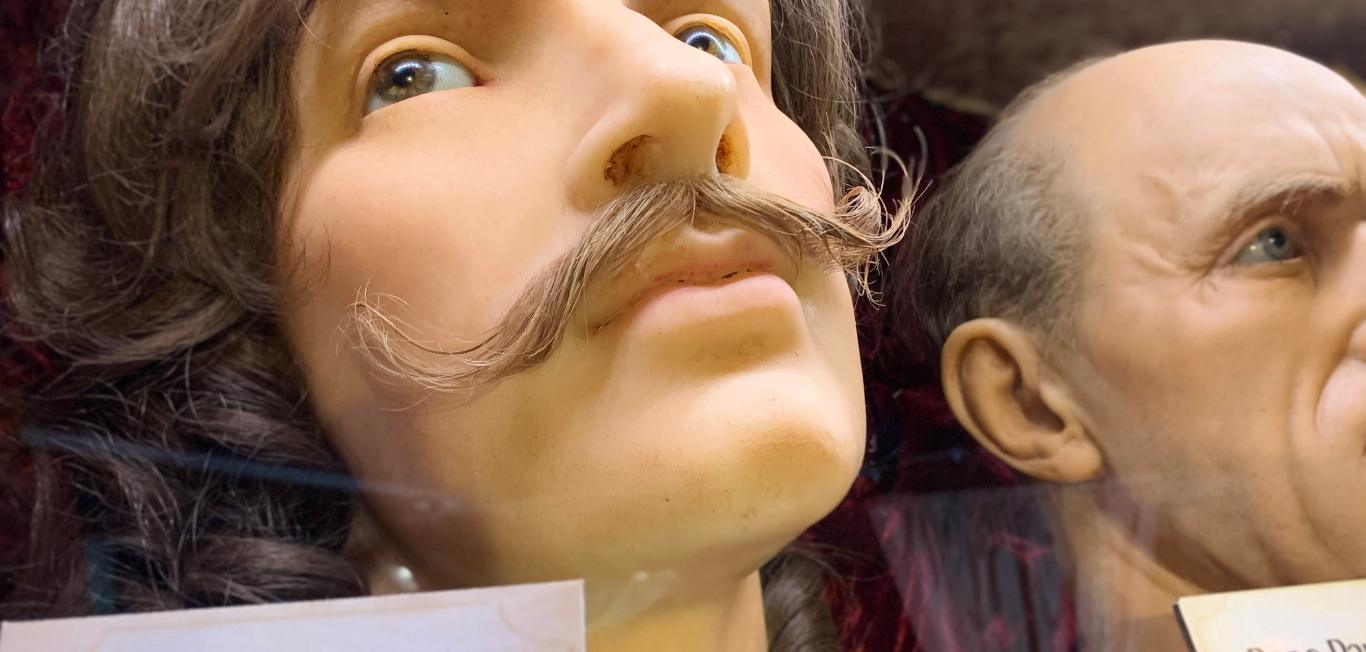Who Was the Marquis de Lafayette?
Who was the man who has been given the nickname “The Hero of the Two Worlds?” The man who is America’s favorite Frenchman? The man with reach so far he was given a solo in Lin Manuel Miranda’s pop-culture-defining musical “Hamilton” and has American cities named after him? The one and only Marquis de La Fayette — or more commonly called simply Lafayette.
Lafayette, also known as Gilbert du Motier, is most famous for his accomplishments as a military officer in the revolutions of both the United States and France. His military successes, in the United States particularly, made him the face of France during the American Revolution, when France became a vast monetary ally to the revolutionaries. The American love of Lafayette has remained so strong that there are several cities named after him, including Lafayette, Louisiana, and Lafayette, Georgia.
So, most people in the world know the name “Lafayette,” but not everyone knows the history of the Marquis de Lafayette and the specifics of how he became so famous. In fact, not many in the general public know Marquis de Lafayette facts.
DID YOU KNOW?
The American love of Lafayette has remained so strong that there are several cities named after him...
Interesting Facts
Lafayette was surrounded by rumors of infidelity.
Despite being married since he was 17 years old, the Marquis de Lafayette was romantically linked to both Madame de Simiane and the Comtesse Aglae d’Hunolstein.
Lafayette’s wife’s last words were incredibly romantic.
It is said that the last words of Marquis de Lafayette’s wife, Adrienne de Noialles, were to tell her husband, “Je suis toute vous,” or in English, “I am all yours.”
Lafayette received the same funeral honors as George Washington.
It is thanks to American President Andrew Jackson that 24 gun salutes were fired from military posts and ships at Lafayette’s funeral, each meant to represent an American state.
Lafayette’s name is stamped everywhere in the United States.
The name “Lafayette” has been given by the U.S. government and state governments to so many things in the United States that it would be impossible to list them all. Lafayette Park; Lafayette, Georgia; Lafayette, Louisiana and Lafayette College only scratch the surface.
Lafayette’s full name is a mouthful.
Technically, the Marquis’ full name and title was Marie-Joseph Paul Yves Roch Gilbert du Motier, Marquis de La Fayette.
Early Years
The Marquis de Lafayette’s early years began in 1757 when he was born at a chateau in Chavaniac, France, near Le Puy-en-Velay, which is now named Chavaniac-Lafayette after the now-famous aristocrat and military officer. Lafayette was born to father Michel de Lafayette and mother Marie Louise Jolie de La Riviere.
When he was only two years old, Lafayette’s father, a colonel in the Seven Years’ War, was killed, and he inherited both the title of marquis and a fortune. Only a little over a decade later, in 1770, both Lafayette’s mother and grandmother died, leaving him even more of an inheritance.
Shortly after these losses, armed with one of his nation’s most enormous fortunes, Lafayette began his education at the Collège du Plessis and then his training as an officer at the Musketeers of the Military Household of the King of France. It was during this time that he married his wife, Adrienne de Noialles, and became involved with the French nobility.
However, Lafayette was a revolutionary at heart, not a nobleman, and when he was attending a dinner where the Duke of Gloucester was complaining about the American colonists rising up against their British rulers, Lafayette was anything but annoyed. In fact, the Marquis became enthused and energized, wanting to learn even more about these revolutionary ideals and deciding at this time to make his way to the Americas.
DID YOU KNOW?
Lafayette was a revolutionary at heart, not a nobleman...
Personal Life
The Lafayette lifestyle involved much travel to and from the American colonies, eventually the United States of America, as well as entanglement in several wars and revolutions. However, the Marquis still managed to find time to raise a family with his wife, Adrienne de Noailles.
Lafayette’s marriage began in 1774 when he was a mere 17 years old, and his wife was only 14 years old. Lafayette’s wife Adrienne, whose full name was Marie Adrienne Francoise de Noailles, was the daughter of Jean de Noailles and Henriette Anne Louise d’Aguesseau. Since the pair were so young when they were married, Lafayette’s mother-in-law, Henriette, kept them apart for a year and controlled all of their courtship.
Eventually, the two were allowed to act as an average married couple and would eventually have four children named Henriette, Anastasie, Georges Washington (after Lafayette’s longtime ally, the first United States president), and Virginie (after the American state).
The Hero of the Two Worlds
The Marquis de Lafayette is known primarily for his military accomplishments in both the American and French revolutions. France’s longtime rivalry with Britain meant that during the American Revolution, there was a large amount of French support for the colonies rising up against Britain. Lafayette was a massive part of this movement. Years later, most likely inspired by his military successes in the New World, Lafayette would become a leader of the French National Guard during the French Revolution.
In the American Revolution, Lafayette grew close to Founding Father George Washington while he served as major-general in the Continental Army. He was a staunch supporter of the ideals of the American Revolution and decided to join the cause in order to learn more about them, even being quoted as having told Washington, “I am here to learn, not to teach.”
After the American Revolution, the Marquis de Lafayette returned home to France a victor and a hero, bringing with him the ideals of freedom and self-determination, which had already been stirring in Europe. Lafayette was soon entrusted with a role as commander-in-chief of the French National Guard in order to mediate the violence of the French Revolution. Later, he would become a popular candidate for the new French dictator, but he declined and threw his support behind Louis-Phillipe as a constitutional monarchy.
The Marquis de Lafayette’s facts about triumphant victories in both the American and French revolutions earned him the nickname “The Hero of the Two Worlds.”
Later Years
Although his life was full of adventure and revolution, the Marquis de Lafayette’s death was rather uneventful. He passed away at the ripe old age of 77 on May 20, 1834, in Paris, France due to natural causes.
Despite its lack of drama, Lafayette’s death struck everyone hard, as he was widely loved. He was given a small military funeral where he was laid to rest in Paris’ Picpus Cemetery next to his wife. Since they were not allowed into the funeral, thousands of people participated in a funeral procession to grieve and pay their respects to the incredible hero of two countries.
DID YOU KNOW?
Thousands of people participated in a funeral procession to grieve and pay their respects to the incredible hero of two countries.
Lafayette’s Legacy
The American revolutionaries were beyond grateful for Lafayette’s assistance in the American Revolutionary War. He was awarded with many honors on his trip to the States in 1784, including an honorary degree from Harvard, a portrait of Washington from the city of Boston, and a bust from the state of Virginia. The grandest gesture, however, may have been when he was made a natural-born citizen of America despite being born in Chavaniac, France.
When he eventually returned to France, Lafayette catalyzed the years of friendship and economic cooperation between America and France. In general, Lafayette’s work in the American Revolution made him a symbol of French alliance with America and spread American Enlightenment ideals like freedom and self-determination.
This symbolism has allowed Lafayette’s legacy to last for several centuries. Just as the founding fathers showed their love and appreciation for Lafayette, the Marquis continues to be honored every day by current Americans. Lafayette’s name can be found everywhere in the United States today. He has everything from a university (Lafayette College in Pennsylvania) to multiple cities (the city of Lafayette, Georgia, and the city of Lafayette, Louisiana, to name a few) named after him.
Lafayette’s contribution to the founding of the United States of America cannot be overstated, and the presence of his name everywhere only serves to represent how integral Lafayette is to the America that we know today.
FAQs
What was Lafayette known for?
Lafayette was known as a French aristocrat and military officer who grew to prominence in his career when he assisted the Americans, particularly George Washington, in overthrowing British rule.
How old was Lafayette when he came to America to fight in the war?
Lafayette traveled to America to fight in the Revolutionary War in 1777, making him 20 years old at the time.
What happened to Lafayette in real life?
Lafayette has come back into public consciousness with vigor after being portrayed in Lin Manuel Miranda’s smash-hit musical “Hamilton.” However, the play itself is a partially exaggerated history of the events, showing Lafayette as very a clear-cut idealist, while in real life Lafayette would have also been motivated by his ego.
Why did Lafayette fight for America?
Lafayette had many reasons for fighting alongside the Americans for their independence. He had been inspired by the ideals of the American Revolution (which he would eventually bring back home to France), and he also would have wanted to prove himself as a skilled military officer.
How old was Lafayette when he died?
Lafayette died in 1834 when he was 77 years old.
